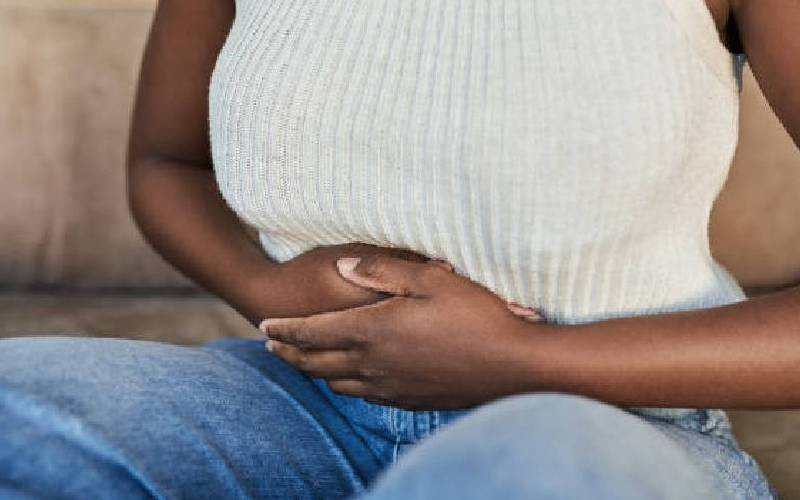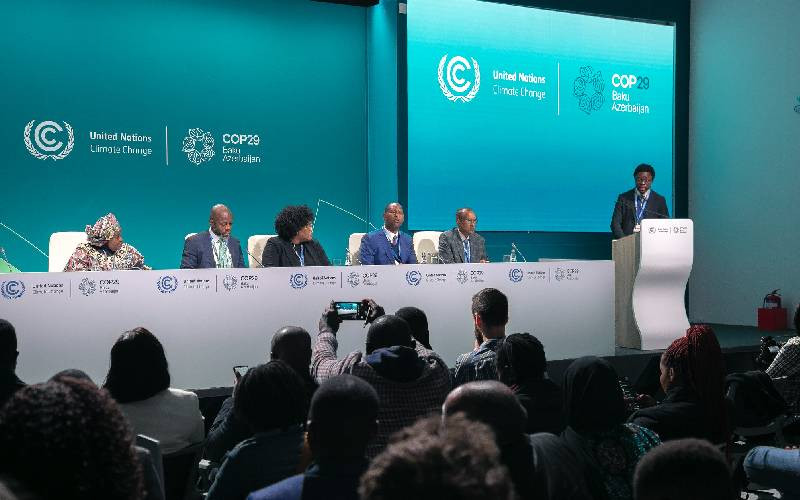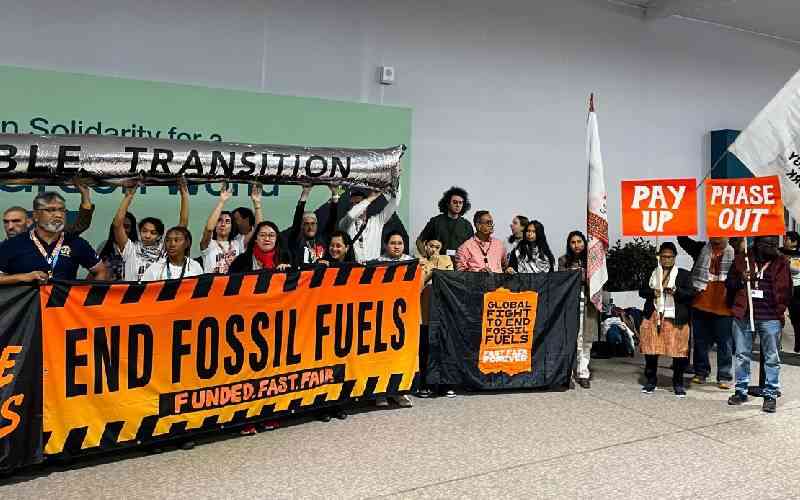
Hope Mwikali weighed less than a kilogramme at birth. Her mother, Winfred Nzisa, was even scared of what she saw in the delivery room at Pumwani Hospital on March 29 last year: a baby that could easily fit into an adult’s palm.
Hope, her mother said, had come three months before the due date. But seeing baby Hope now, one would not believe she once weighed slightly more than a loaf of bread at 700g. The little girl is now 15 months-old and weighs 6.3kg.
A desperate decision to perform skin-to-skin care, which is also known as Kangaroo Mother Care (KMC), is credited with keeping alive Hope’s chances of surviving.
KMC is when a parent lays a premature infant on their bare chest to absorb their warmth and enable them relax. The more skin-to-skin contact, the better. This has been proven to assist with quick weight gain.
While extreme abdominal pain prompted Nzisa into the realisation that she had gone into premature labour, new research claims it is possible for expectant mothers to know whether they will give birth earlier than usual.
Save the Children Health Co-ordinator Joan Emoh says with most hospitals suffering from poor infrastructure, inadequate staff and congestion, KMC remains the best option for parents with pre-term and low birth weight babies.
In Kenya, premature births are part of the leading causes of infant mortality, with 14,000 babies dying every year, according to Unicef data.
Although Victor Otieno was not aware of these facts when his wife gave birth to twins on March 16, he knew the underweight babies - each 1.9kg instead of recommended 2.5kg - would need special care. But because his wife Glorious Sammy was still recovering from a C-section, Otieno performed KMC on the twins for three weeks, until they gained adequate weight.
It was not easy for the 25-year-old man, especially when some of his friends, who could not understand why he was always in a rush to go home, took to mocking him. “Masaa zimefika. Wanawake waende wapikie mabwana zao kwa nyumba (It’s time for women to go cook for their husbands),” a friend teased him one evening after work.
Save the Children has pioneered KMC in 21 counties. In Nairobi, at least 3,600 babies have benefited. The survival rate is put at 99.3 per cent. “It is a low-cost method, and research has shown it promises a high survival rate with fewer infections compared to putting a child in an incubator,” said Emoh, adding that KMC ensures pre-term babies are stable and do not need critical care or life support.
Pumwani Maternity and Mbagathi hospitals are among facilities that have signed up for the KMC partnership.
According to a 2016 study by the Kenya Medical Research Institute at Pumwani on the causes of newborn deaths, birth asphyxia was the leading cause (43 per cent) followed by pre-maturity or low birth weight (38 per cent), respiratory distress syndrome (10 per cent) and sepsis (6 per cent).
 The Standard Group Plc is a multi-media organization with investments in media platforms spanning newspaper print
operations, television, radio broadcasting, digital and online services. The Standard Group is recognized as a
leading multi-media house in Kenya with a key influence in matters of national and international interest.
The Standard Group Plc is a multi-media organization with investments in media platforms spanning newspaper print
operations, television, radio broadcasting, digital and online services. The Standard Group is recognized as a
leading multi-media house in Kenya with a key influence in matters of national and international interest.











